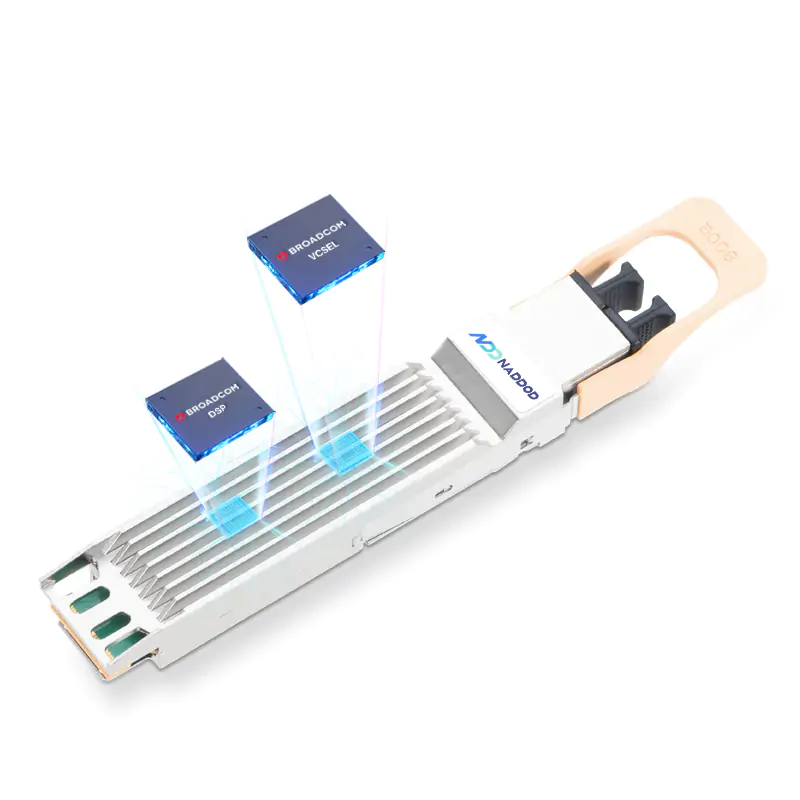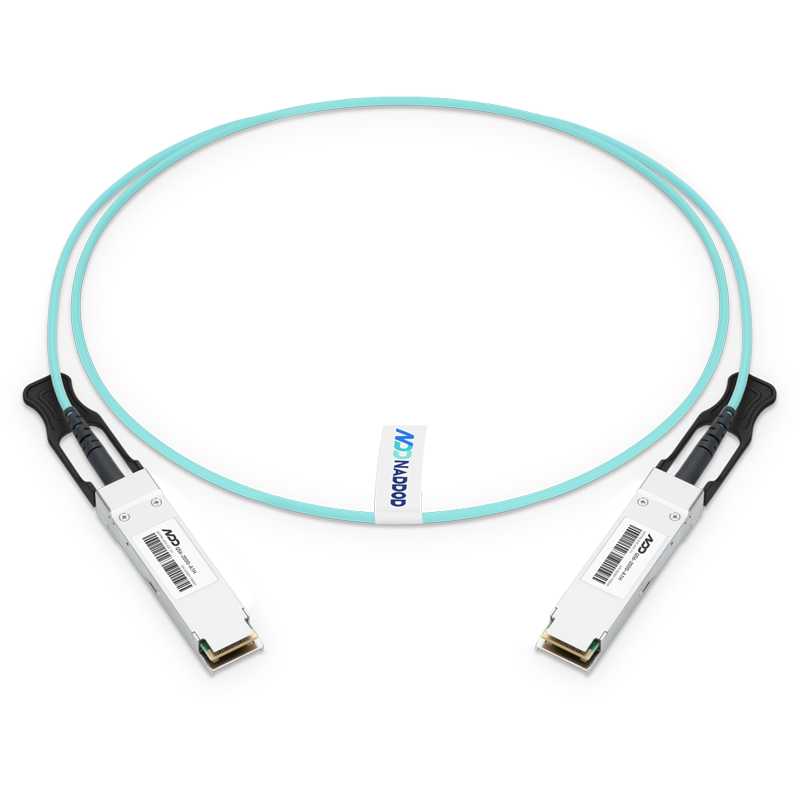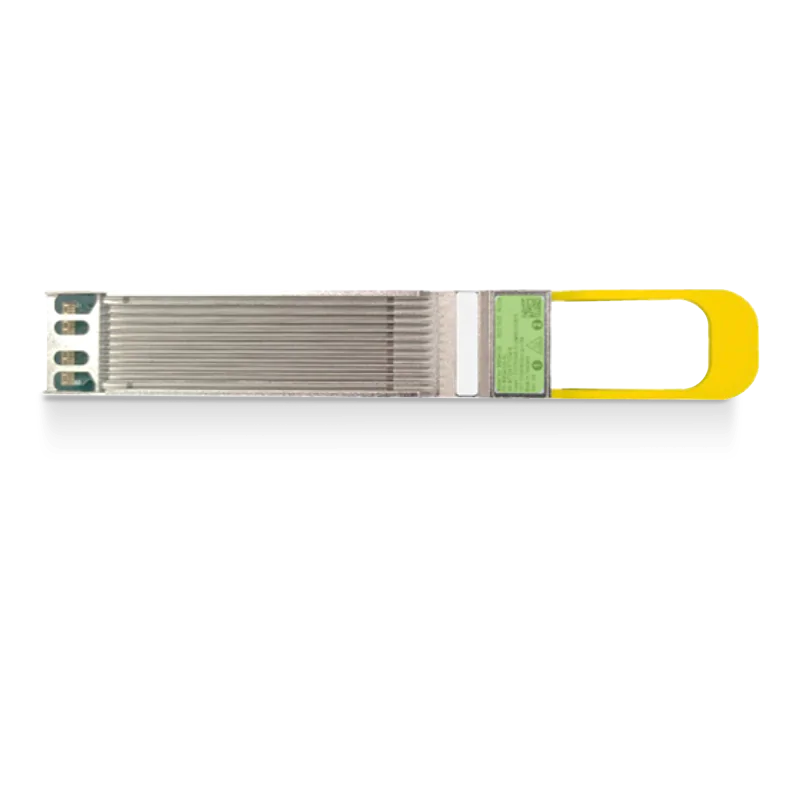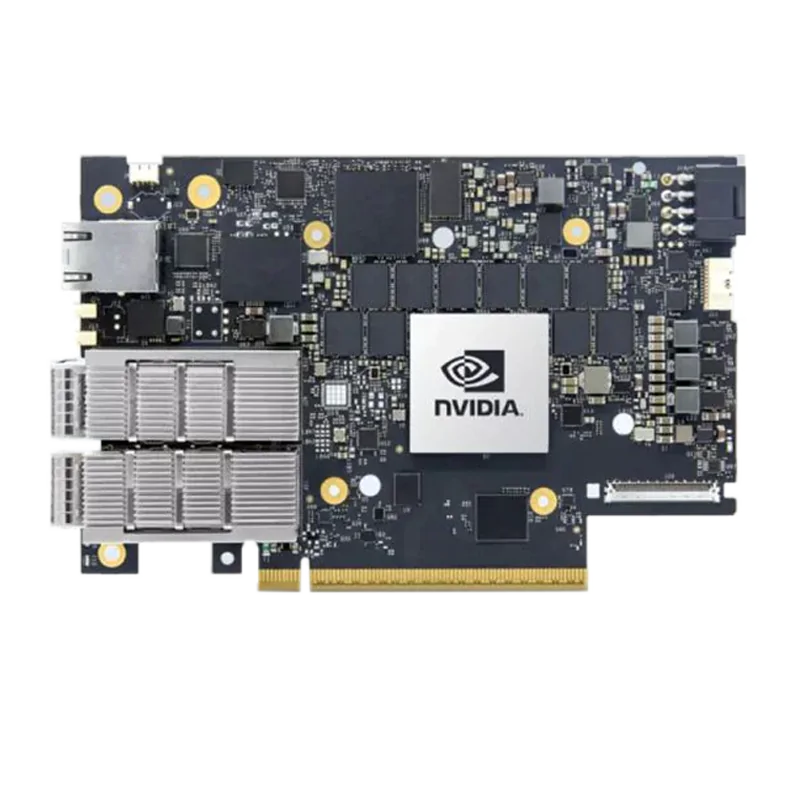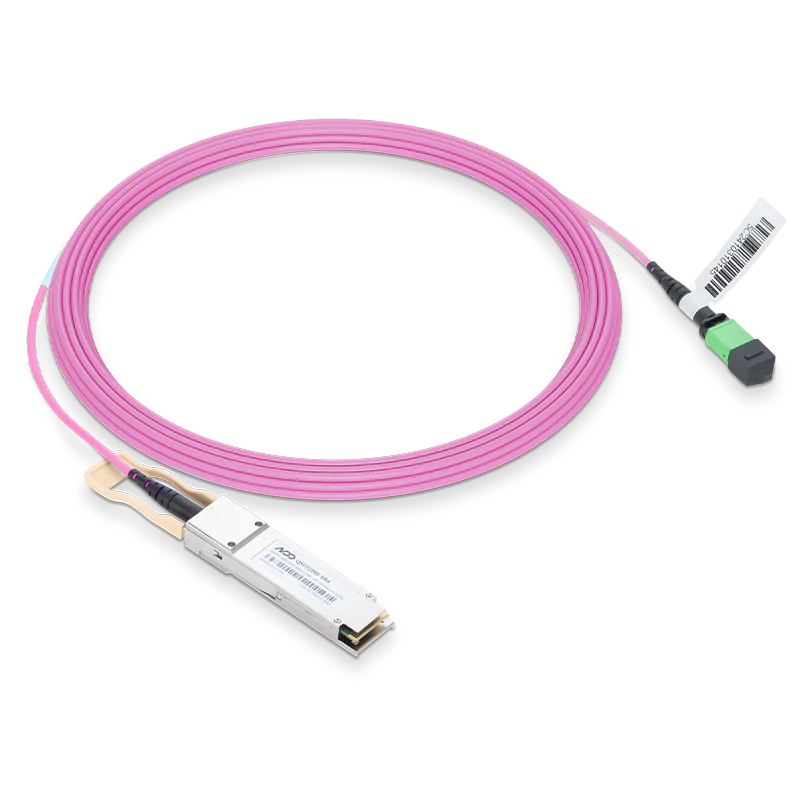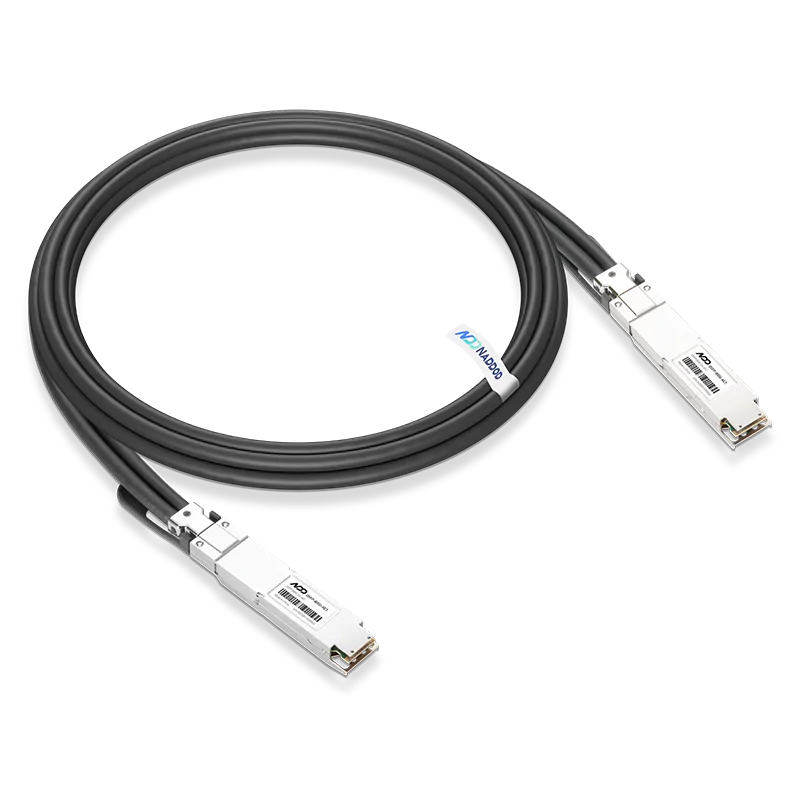With the promotion of OM5 multimode fiber (MMF) and the large-scale deployment of 40G or 100G data center transmission networks, SWDM technology is gradually coming into view and starting to be applied. So, what is SWDM4? What are 100G SWDM4 optical transceivers? What are their advantages? Follow NADDOD to read the following text to get all the answers.

What is SWDM4?
First of all, you should understand what SWDM is before you learn about SWDM4.
In fact, SWDM is a new multi-vendor technology, whose full name is Short Wavelength Division Multiplexing, which promises the lowest total cost of ownership solution for enterprise data center upgrades to 40G and 100G Ethernet with existing 10G duplex OM3/OM4 MMF infrastructure. In addition, it effectively increases the bandwidth density of new data center builds and works with OM5 Wideband Multimode Fiber (WBMMF). Incidentally, OM5 fiber also provides the infrastructure for future 200g, 400g and 800g interfaces.
In order to upgrade data centers to 40G/100G EtherKing without changing the existing duplex MMP infrastructure for 10G Ethernet, pluggable optical transceivers with SWDM technology are important. The approach includes multiple vertical cavity surface emitting lasers VCSELS) operating at different wavelengths in the 850nm window (where MMFs are optimized.) The four-wavelength implementation of SWDM is called SWDM4, and these four wavelengths (850 880 910 and 940nm) are multiplexed/demultiplexed into a pair of MMFs (one fiber in each direction, i.e. a standard duplex interface) in the optical transceiver. Each of these four wavelengths operates at 10G or 25G, allowing the transmission of 40G (4x10G) or 100G (4x25g) Ethernet over existing duplex MMFs using standard LC connectors.

What is a 100G SWDM4 optical transceiver?
SWDM4 optical transceivers can provide 40G and 100G connections in the same way standard SFP+ optical transceivers connect, using duplex LC OM3 or OM4 cabling. Here, we will focus on 100G connections. You may be familiar with 100G optical transceivers, but what about 100G SWDM4 optical transceivers?
In fact, from the name, it is easy to see that the 100G SWDM4 optical transceiver is a 100G optical transceiver that features SWDM4 technology it provides standard arc duplex MMF with 100Gbps bandwidth, eliminating the need for expensive parallel MMF infrastructure. It provides a seamless migration path from duplex 10G to 100G.
According to the 100G SWDM4 MSA specifications, a 100G SWDM4 QSFP28 optical transceiver can be used to connect up to 75 meters of OM3 fiber or up to 100 meters of OM4 fiber Tx ports transmit 100G data over 4x25Gbps wavelengths and Rx ports receive data over 4x25Gbps wavelengths. The wavelengths are in the “short wavelength” range (from 850nm to 940nm). Of course, you can use the advanced OM5 fiber to work on only two fibers above for a better experience (up to 150 meters).

Benefits of 100G SWDM4 Optical transceiver
Cost-effective:It uses two fibers (duplex) instead of eight fibers (SR4), providing significant savings in fiber infrastructure capital expenditures.
OM5 support: It supports OM5 MMF links over 150 meters with only two fibers.
Easy migration to 100G: It enables seamless migration from 10G and 40G to 100G without major changes to the fiber infrastructure. It is also suitable for legacy OM3 or OM4 duplex MMFs. Widely deployed 10G-SR, 40G-BiDi and 40G general purpose optics can work on a pair of MMFs with regular LC termination, the same is true for 100G-SWDM4 optical transceivers. Therefore, users do not need to change the existing cabling or re-terminate.
To sum up the analysis of SWDM4 and 100G SWDM4 optical transceiver, in view of the above advantages SWDM technology and 100G SWDM4 optical transceiver may be the dominant trend in the near future maybe you can pay attention to it and prepare for future network construction. Besides, ETU-LINK offers a variety of 100G optical transceivers for you to choose from, such as LR4, CWDM4, ER4, ZR4, etc.

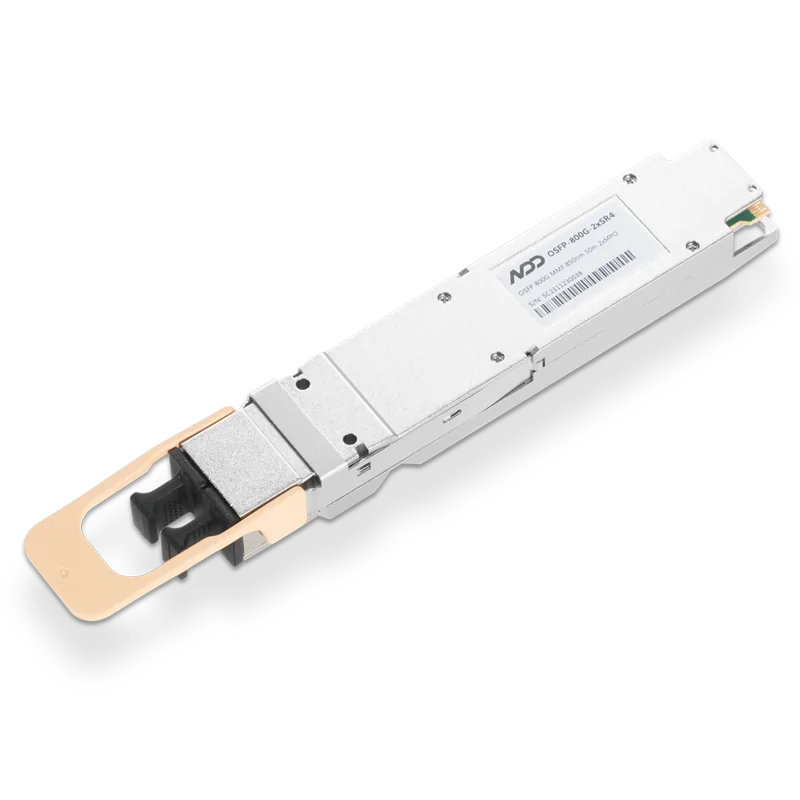 800GBASE-2xSR4 OSFP PAM4 850nm 50m MMF Module
800GBASE-2xSR4 OSFP PAM4 850nm 50m MMF Module- 1What Is InfiniBand and HDR and Why Is IB Used for Supercomputers?
- 2NADDOD 200G InfiniBand HDR AOC vs OEM
- 3WDM Modules in MAN Everything you Need to Know
- 4How NVIDIA ConnectX-8 SuperNIC Transforms Server Architecture and Fuels 800G/1.6T Optics Growth?
- 5Broadcom's Tomahawk Ultra: New Chip for Scale-up Ethernet




